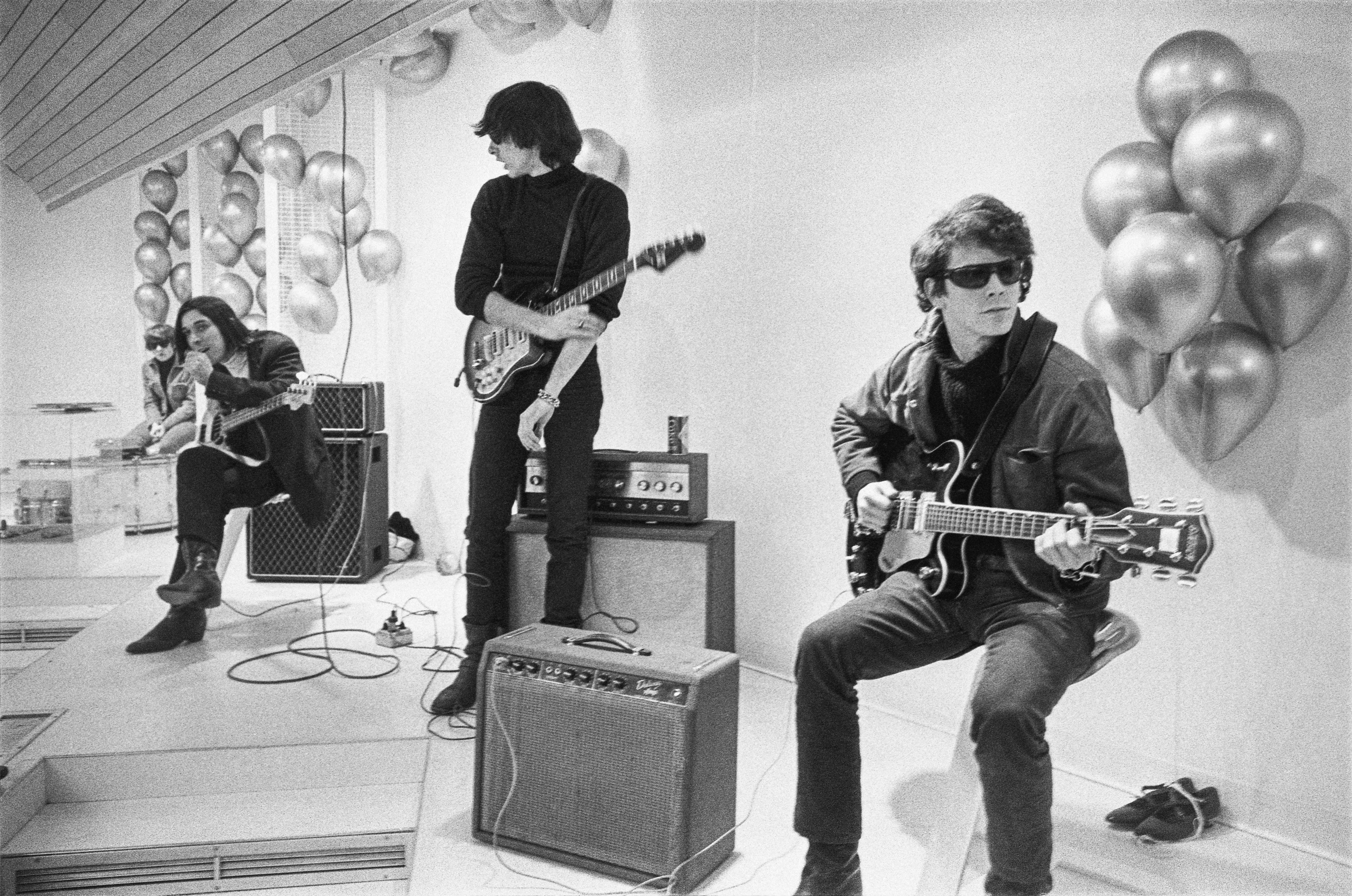Todd Haynes: Finding the frequency of the Velvet Underground
The most often-repeated thing said about the Velvet Underground is Brian Eno’s quip that the band didn’t sell many records, but everyone who bought one started a band

The most often-repeated thing said about the Velvet Underground is Brian Eno’s quip that the band didn’t sell many records, but everyone who bought one started a band.
You won’t hear that line in Todd Haynes’ documentary “The Velvet Underground,” nor will you see a montage of famous faces talking about their vast influence. You won’t even really hear a fairly full Velvet Underground track until nearly an hour into the two-hour film.
Haynes, the reliably unconventional filmmaker of “Carol,” “I’m Not There” and “Far From Heaven,” rejects a traditional treatment of the Velvets — fittingly, considering his uncompromising, pioneering subject. “The Velvet Underground,” which debuts Friday in theaters and on Apple TV+, is, like the Velvets, boldly artful, boundless and stimulating. You sense that even Lou Reed would be pleased by how the film refuses the obvious.
“I didn’t need to make a movie to tell you how great the band is,” Haynes said in an interview earlier this year ahead of the film's Cannes Film Festival premiere. “There were a lot of things I was going to be like: ‘OK, we know this.’ Let’s get right to how this happened, this music, where these people came from and how this miracle of this group of people came together.”
“The Velvet Underground” plums little-seen footage and features a host of rare interviews, including founding member John Cale (who describes the band as striving for “how to be elegant and how to be brutal”), early disciple Jonathan Richman of the Modern Lovers, and Jonas Mekas the late pioneering filmmaker who filmed the Velvet Underground’s first live performance in 1964 and to whom the film is dedicated.
“The Velvet Underground” is most singular in how it resurrects the 1960s downtown New York art scene that birthed and fermented the group. Haynes patiently traces the fertile downtown landscape of Warhol’s Factory, the explosion of queer New York and how Lou Reed and the Velvets were turned on by acts like the experimental drone music of La Monte Young or the subversive poetry of Delmore Schwartz. Art, avant-garde film and music collided. More than anything, the documentary is a revelatory portrait of artistic crosspollination.
“You really felt that coexistence and the creative inspiration that was being swapped from medium to medium,” says Haynes, who notes such localized hotbeds now seem a victim of a digital world. “I crave that today. I don’t know where that is.”
“The Velvet Underground” is Haynes’ first documentary. Previously, he’s made knowingly artificial fictions of great musicians. His “Velvet Goldmine” was a glam-rock fantasia of David Bowie. In “I’m Not There,” rather than attempt the impossible task of finding a single actor who could play Bob Dylan, he cast seven.
“When I was doing research on the Bowie of ‘Velvet Goldmine’ or all the Dylans of ‘I’m Not Here,’ you come across the real thing,” says Haynes. “I always felt like if I’m going to recreate this in a fiction form, I better do something different with it. So you’re not comparing it with the real thing, apples to apples. You’re in a different language, putting it in a different context and the frame is visible."
Haynes never met Reed, who died in 2013. But he saw him a few times at events like the Whitney Biennial (“I was too scared,” he says). Reed gave Haynes his permission to use “Satellite of Love” in “Velvet Goldmine.” Laurie Anderson, Reed’s widow and a filmmaker, endorsed Haynes directing the film, and other estates, like Andy Warhol’s, were supportive.
Footage by Warhol, the only one to previously really document the Velvets, is laced throughout the film. In split screen, the band members’ screen tests for the Factory (usually seen as still photographs) play at length, with Reed or Cale staring provocatively out at you.
“The only film on them is by one of the greatest artists of the 20th century. That’s so rare and weird," says Haynes. "There is no traditional coverage of the band playing live. There’s just Warhol films. We just have art within art within art to tell a story about great art.”
___
Follow AP Film Writer Jake Coyle on Twitter at: http://twitter.com/jakecoyleAP
Bookmark popover
Removed from bookmarks